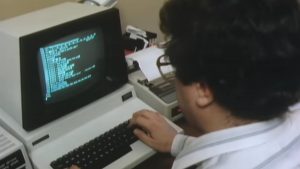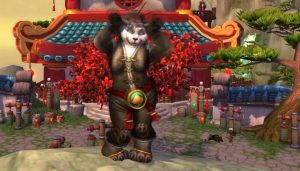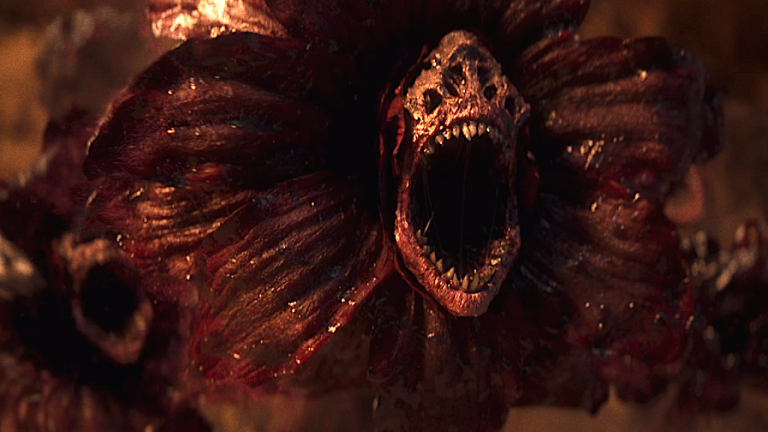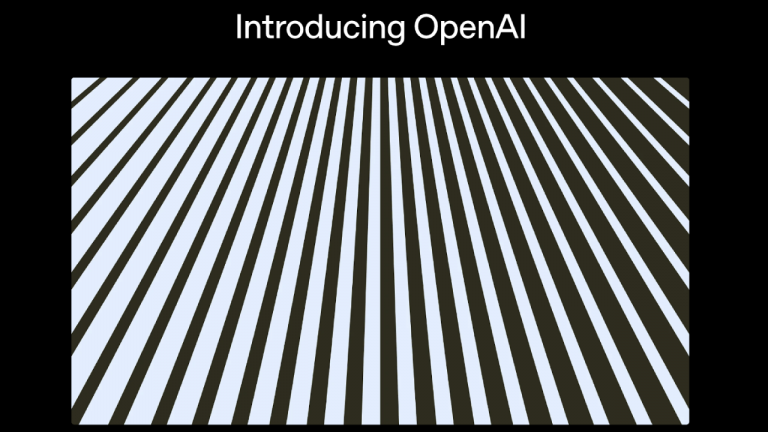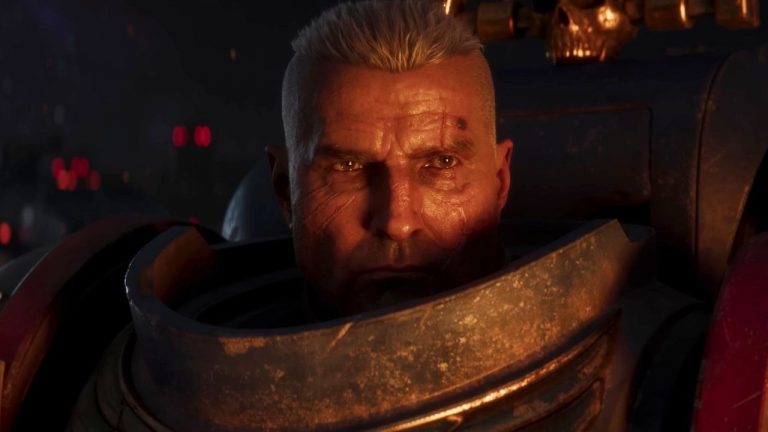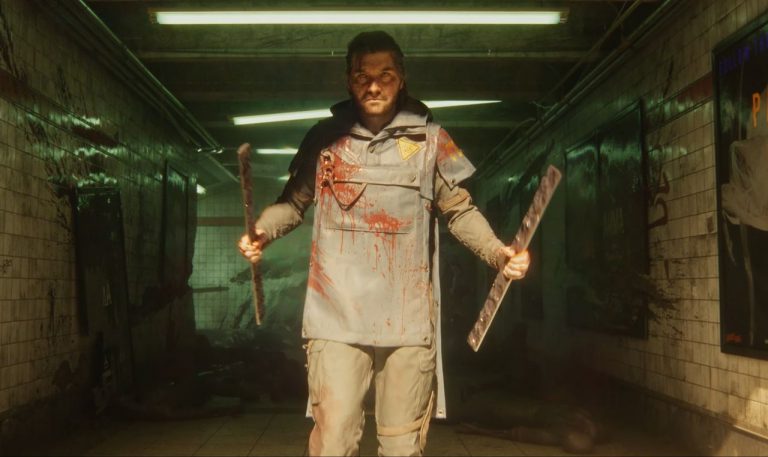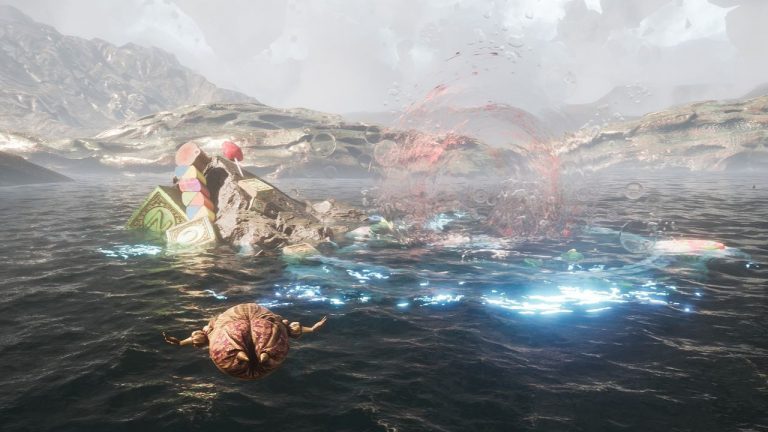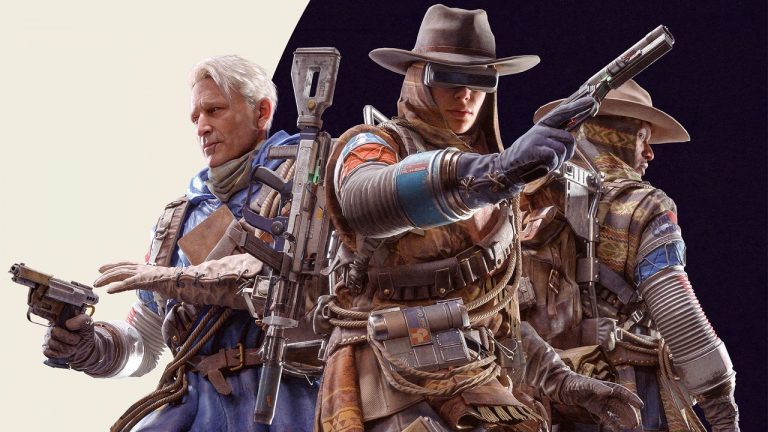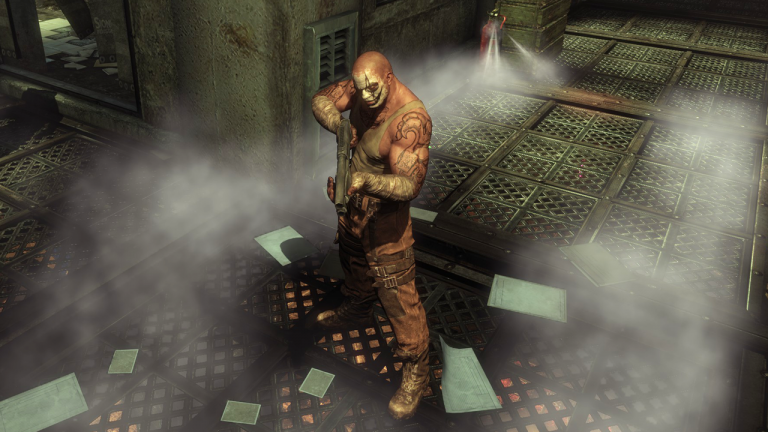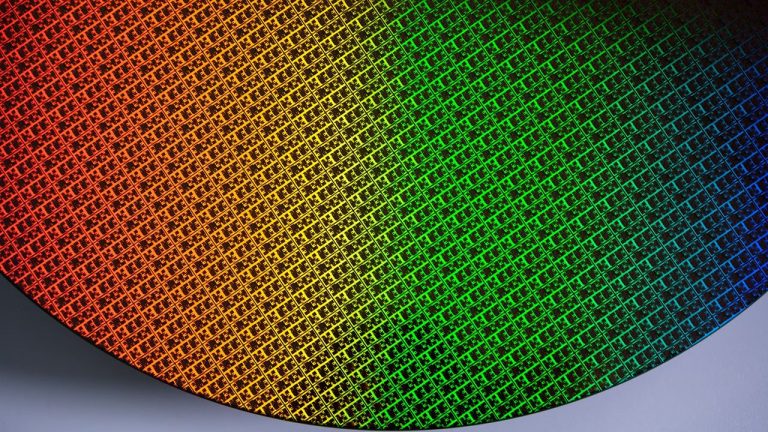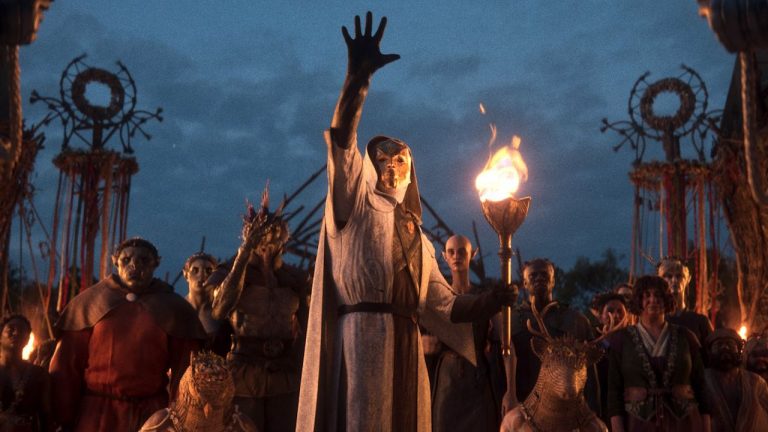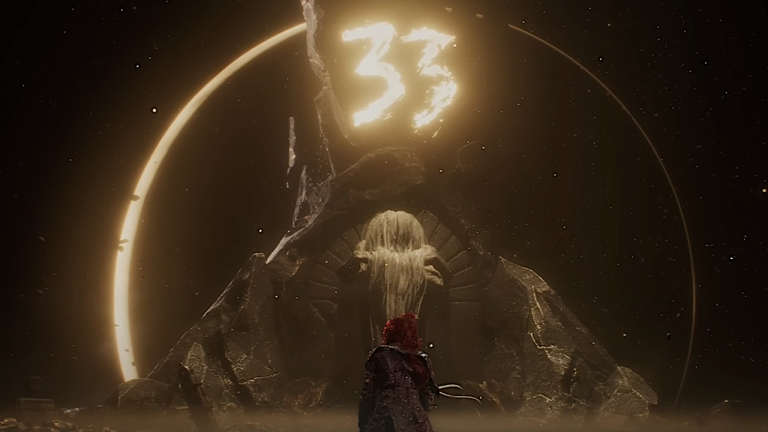They say you should never go back. Shouldn’t return to things you once loved in another time and place as, chances are, the reality will not live up to the memory. Did I really love classic JRPGs in the 1990s? I remember that I did, with titles like Chrono Trigger, Suikoden, Secret of Mana and many taking up days of my life. But if I went back and played them today, in 2024, would my positive memories be tarnished? Were they really that good?
Well after playing the soon to be released Eiyuden Chronicle: Hundred Heroes from Rabbit & Bear Studios, a game the developers dub a love letter to classic JRPGs, the short answer is yes, they were great games and this shows why. The long answer? Well, um… it’s complicated.
(Image credit: Future)
Time-travel teething problems
My first hour with Eiyuden Chronicle: Hundred Heroes was tough. Having not properly played an old-fashioned JRPG for many years, the regression to its strict format was at first trying. Here’s a short list of things that proved difficult for me to reckon with:
The pacing—From the moment you kick-off Hundred Heroes and are introduced to the game’s lead male hero, Nowa, the slow pacing of the game becomes incredibly apparent, and was almost stifling within the first hour. Running for short bursts between lengthy cutscenes, being bombarded with plenty of dialogue, introducing many (but actually just a small amount of the game’s titular 100 heroes) characters, having place names, locations, factions and more spilled forth like wine from a carafe, the wind-up and storytelling in this game is stately. Nothing happens quickly at all.
(Image credit: Future)
The structure—This, again, is classic JRPG. But after years of not experiencing it I found myself frustrated. You’re on rails in terms of progression, so while there is an overworld map (which is sparse, merely a way to run between locations and, occasionally, fight), at the end of the day you’re constantly jumping between fixed states of travel, combat and conversation in a quite regimented way. This isn’t a game where you create your own fun by just disappearing off from the main plot, but one where the appeal is in investing yourself in the game’s structure and plot.
(Image credit: Future)
The combat—The grid-, team- and turn-based combat is absolutely classic JRPG. Regardless of if you’re on the overworld map or a hostile location map, you’ll explore around the largely spartan environment until getting a combat ambush screenwipe and you cut to a fixed combat arena. From here you proceed to issue commands and attempt to use your squad to best the enemies, which line up opposite. You take turns and eventually one side wins or loses. For the first hour or so, it felt nigh-impossible to lose the fixed combat encounters, which just made them feel dull.
There was definitely a moment in that first hour when I was considering dropping Hundred Heroes because of these things.
(Image credit: Future)
An ancient artform
However, at a point that I now can’t remember, I suddenly found myself wanting to play Hundred Heroes before anything else on my huge play list right now. There was no ‘AHA!’ moment when I felt the game suddenly got good, I just found it had got under my skin, most likely due to me coming to see it as a time machine back to a time when JRPGs were made different. Some things reallystarted to click, including:
The characters—I hardly met any of the titular hundred heroes yet, but those I have have done a great job of entertaining, usually by slipping into classic JRPG character types and, occasionally, even breaking the fourth wall a bit with what they do and say to hang a lantern on the archetype they are. You know the sort. A handsome young male soldier with dreams of heroic deeds, an older grizzled warrior with dad vibes, a cool as ice female fighter who’s all business and no smalltalk, a self dubbed ‘willful magical girl’ who specialises in technicolour displays of kawaii, a rough-talking mercenary who is looked down upon by most despite having a heart of gold, and many more. It’s true that the longer you adventure with these guys the more attached you become. They’re cliched but none the worse for it.
(Image credit: Future)
The soundtrack—Progressing through the various early game locations, be that towns and villages, grasslands and canyons, underground barrows and mines, or shops, taverns and homes, the quality of the Hundred Heroes soundtrack slowly becomes apparent. This is a mix of cheery fantasy festival, Studio Ghibli-style orchestral and, epic heroic adventure anthems, music that speaks of great deeds and epic adventures yet to come. I love the music that plays each time you win a battle. Just perfectly judged.
The tactics—I’ve hardly unlocked anywhere near what I’m sure will be the full gamut of tactical possibilities in Hundred Heroes, but as soon as you progress away from the very basics of combat in the early game and more possibilities unlock, suddenly the fixed, turn-based grid system combat springs to life. Attack, defence, item use, charging attacks, combo attacks, cover systems, environmental plays (usually in boss battles), item use, magic and more are already available to me, and discovering new ones is fun. I’m particularly taken with a combo attack between the characters Nowa and spunky female fist fighter Lian, where it culminates with Lian hitting the enemy into the great blue sky with her ‘genki punchi’.
(Image credit: Future)
The animation—The animation in this game is simple, yes, often reminding you most of a Pokemon adventure, but it’s very character filled and a lot is done with very little. Plus, there’s the simply fantastic character art that pops up on screen when a new character joins your party or when they talk on screen, adding in that deep detail that the simple character sprites on screen can’t convey. A good example is when Lycan wolfman companion Garr howls upward to the moon whenever you win a fight. Just perfect.
The animals—Ok, so this maybe isn’t the biggest thing for most JRPG gamers, but I do like an JRPG where there’s plenty of animals. And, boy, Hundred Heroes doesn’t disappoint on this front. Cats, dogs, birds, racoons, pigs and much more are found wandering around most locations. They add the sense of a living world to the environments you visit, as well as a homeliness. There was even an achievement for speaking to a large number of them, which I’m proud to say I got very quickly indeed.
(Image credit: Future)
There’s loads more to this game I haven’t even touched on.. But even at this early stage it’s clear the dev team has done a great job in faithfully re-creating, almost to a fanatical level of ignoring all subsequent innovations, a proper classic ’90s JRPG but in 2024.
I don’t think that’s entirely a great thing, and I’m sure that anyone new to this type of game will find it challenging to adapt. But it is worth persevering with this game if you initially bounce off it. Particularly if you have any fondness for the games and style it’s riffing on, once you start to remember those older gaming rhythms then, before you know it, you may find yourself unable to put Eiyuden Chronicle: Hundred Heroes down. It’s the closest thing to JRPG time-travel I’ve played this century.

